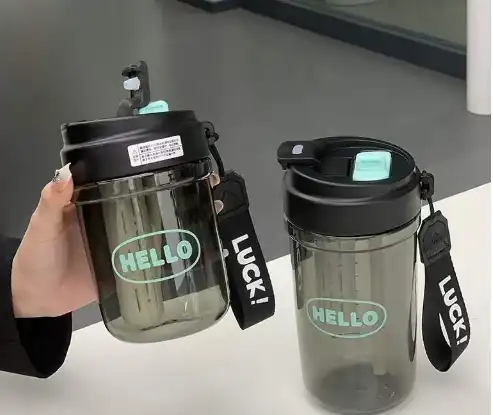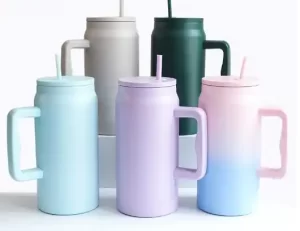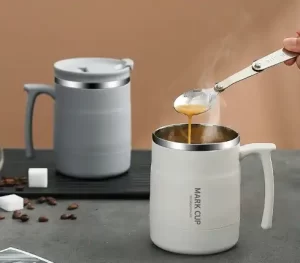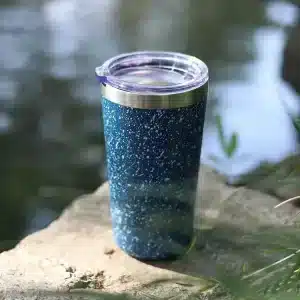There are generally four processes for plastic tumblers, namely injection blowing and injection stretch blowing, extrusion blowing, IML injection molding and injection molding.
Where are the injection blow and injection stretch blow processes used?
Injection blow molding and injection stretch blow molding can usually be used as packaging for food, medicine, cosmetics and daily chemical products. They have distinct highlights but also have their limitations.
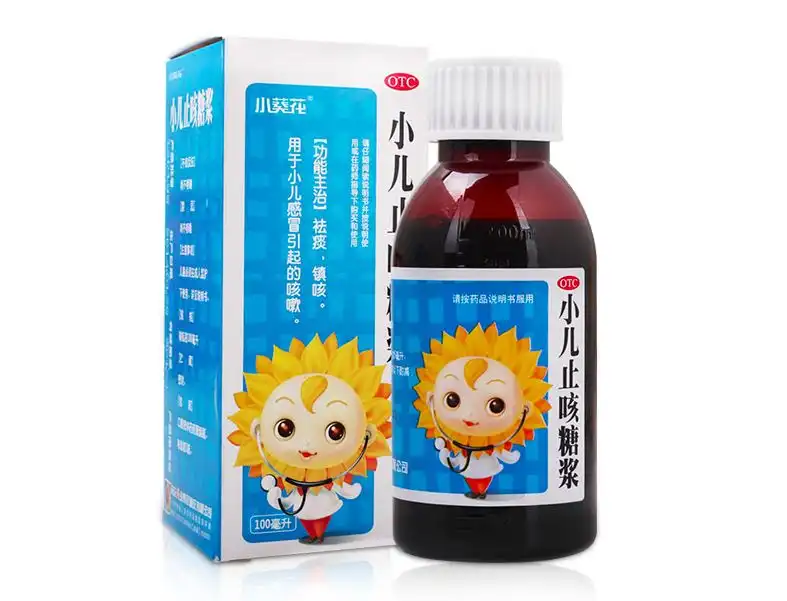
Generally, when evaluating which bottle packaging to use for a product, you must first conduct a detailed analysis of the product’s specific usage requirements, features, costs, etc. Then evaluate and select based on whether the characteristics of various bottle production processes meet the requirements.
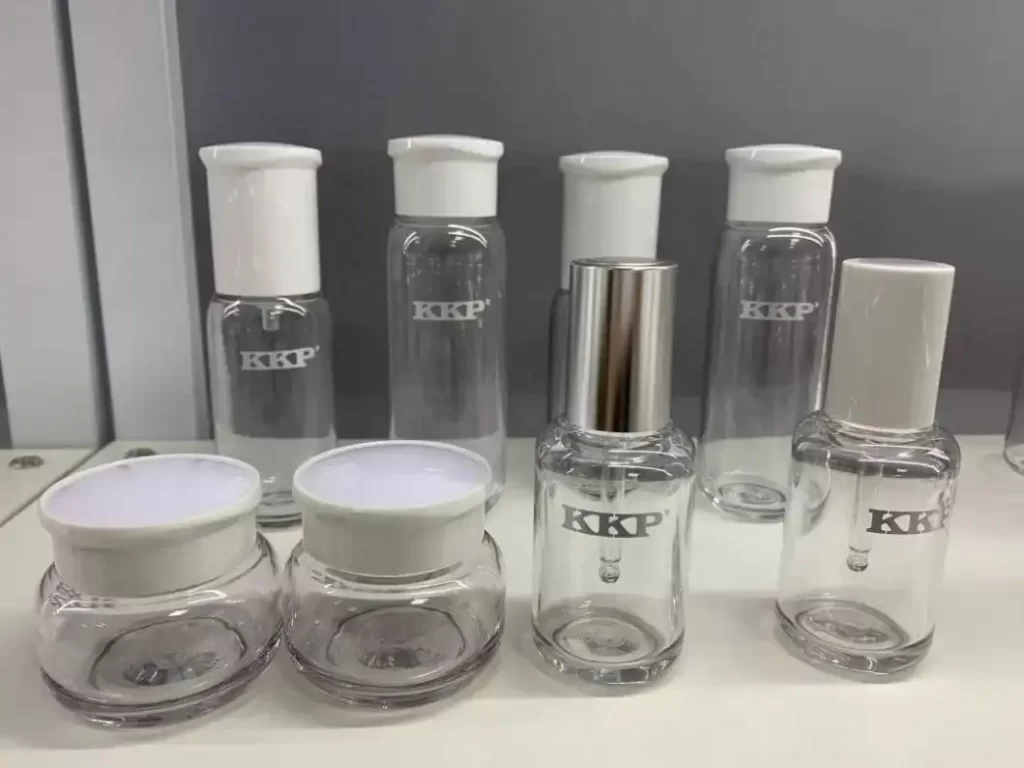
What are the applications of injection blowing and injection stretch blow molding in pharmaceuticals?
Injection stretch-blow PET bottles are widely used in pharmaceutical packaging, and are often used in the packaging of pharmaceuticals including oral solids, oral liquids and eye drops. It also has many applications in the field of cosmetics. Let’s take medicines as an example and start from three aspects in detail.
1. Evaluate the material of the bottle
It can be made of glass and plastic materials. However, glass is inconvenient for packaging, transportation and safe use due to its heavy specific gravity and fragility. If there is no special reason, try to use plastic materials.
2. Selection of specific materials and production processes.
Generally the two are related. Considering that it is used to package oral liquid drugs, PET materials can be considered. PET materials have excellent gas barrier properties and chemical stability. At the same time, PET material has good surface gloss and impact strength, which is both beautiful and meets packaging and transportation requirements. In addition, PET has advantages in terms of versatility and cost.
In terms of molding technology, the one-step injection stretch-blow process can be considered, and the mouth size and thread accuracy can be well guaranteed. It can be sealed directly with the cover without using gaskets or inner plugs. Convenient and cost-saving. At the same time, the one-step injection stretch-blow process completes the parison injection and stretch-blow molding actions in the same equipment, ensuring product hygiene. More conducive to pharmaceutical packaging.
3. Secondary processing
This can engrave scale lines on both sides of the mold closing line to facilitate quantitative use each time. At the same time, information such as simple text or patterns can also be engraved on the bottle body and bottom.
Where is the extrusion blow process used?
The extrusion-blow process is widely used in the production process of HDPE plastic products. Common product packages produced by the extrusion-blow process include: shampoo bottles, laundry detergent bottles, solid granular medicine bottles, barreled condiments, oil drums, Auto parts and accessories, etc.
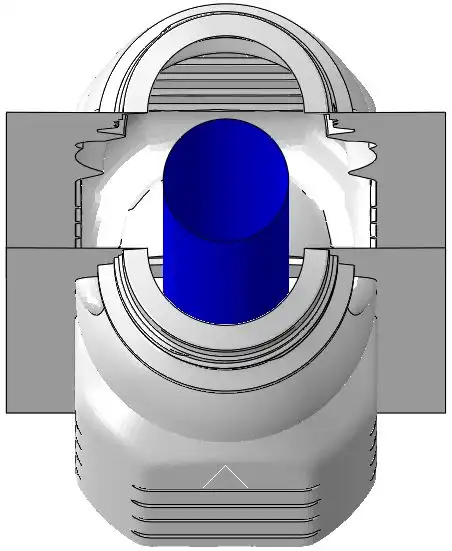
What is IML injection molding?
The IML injection molding process can complete multi-sided (3, 4, 5) packaging at one time, which is one of the powerful advantages of this process. However, in the injection molding IML process, due to process reasons, it should be at least three sides (the bottom side plus the front and back of the barrel), or four sides (the four sides of the square box), or five sides (the bottom side plus the four sides of the box), or 360° Circle around.
During the IML injection molding process, the label is electrostatically adsorbed to the inner wall of the mold cavity and positioned by the mold itself. Therefore, for injection molded IML of lids, the label generally fills the flat surface of a certain mold cavity. For boxes, the general requirement is to “stand upright”, that is, the bottom of the label is flush with the bottom of the box, and the top of the label is flush with the highest point of the plane or greater than the top of the plane. Moreover, there are not as many IML label materials as self-adhesive materials, so designs with some special effects may not be possible.

Where is the injection molding process used?
Injection molding technology is becoming more and more popular. The reason for this is the use of multi-layer molds. This is an advancement in hot runner technology. By using thin-wall injection molding technology, raw material costs can be saved. Other special processes, such as die marking and multi-component technology, also play a positive role in reducing process steps, increasing output and improving efficiency.
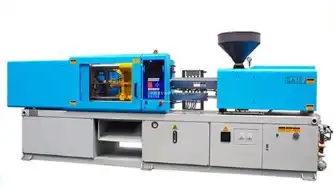
Plastic packaging materials, especially in the food industry, have made a great contribution to improving our living standards today due to their light weight and durability. In addition, it is unimaginable to distribute products produced by large-scale industrialization to all parts of the world without packaging materials.
So overall, the entire plastic packaging market, mainly deep-drawn packaging plastic films, has grown rapidly in the past few years. Among them, injection molded packaging materials, such as packaging boxes or plastic tumblers, are on the rise and are gradually replacing thermoformed packaging materials.
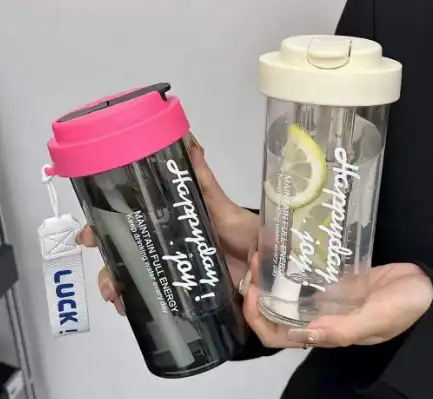
What are the main stages of injection molding?
From the definition of injection molding, injection molding mainly consists of the following three stages.
1. Preparation before molding
The work at this stage includes the pretreatment of raw materials, cleaning of barrels, preheating of inserts for plastic parts with inserts, and the selection of release agents for plastic products that are difficult to demould. It should be noted that due to differences in the type and shape of injection molding raw materials, plastic part structure, presence or absence of inserts, usage requirements, etc., the preparation work before molding various plastic parts is not exactly the same.
2. Injection process
The entire injection stage includes several steps such as feeding, plasticizing, injection into the mold, constant pressure cooling and demoulding.
3. Parts post-processing
Carry out inspection and post-processing on the parts to ensure that the quality of the parts is stable and reliable, and the appearance meets the requirements. Briefly described, product post-processing refers to the process of further stabilizing or improving the performance of the product obtained by injection molding, which usually includes stress relief annealing, quenching and tempering, etc.
What are the characteristics of the injection molding process?
The injection molding process can produce engineering parts and daily plastic parts of different shapes, sizes, and qualities that meet various usage requirements. The characteristics of the injection molding process can be briefly summarized as follows.
1.Time is fast
The molding cycle is short, such as several seconds to minutes.
2.High precision
It can form various parts with complex shapes, high dimensional accuracy, good surface quality, and metal or non-metal inserts in one go.
3.Automation
The degree of molding automation is high, and all operations such as mold closing, feeding, plasticizing, injection, mold opening and product ejection can be automatically completed by the injection molding machine.
4.Widely adaptable
It can be adapted to the molding of various major plastics. Almost all thermoplastics, thermosetting plastics and elastomers can be molded using this injection molding method.
5. High efficiency
The mold has little wear, is easy to load and unload, and has high production efficiency.
6. Strong controllability
The rapid development of injection molding technology makes it easier and easier to effectively control the flow characteristics of plastics, mechanical properties of products, and appearance quality.
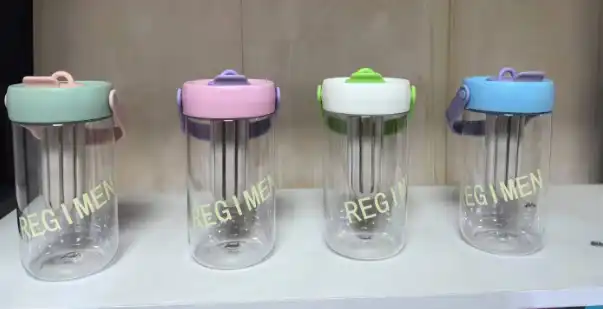
So after reading this, I believe you already know what material our plastic tumblers are made of.

